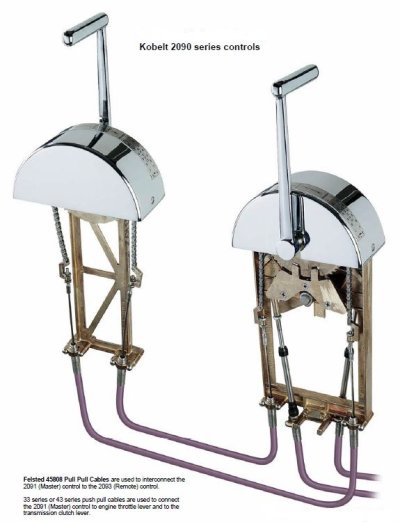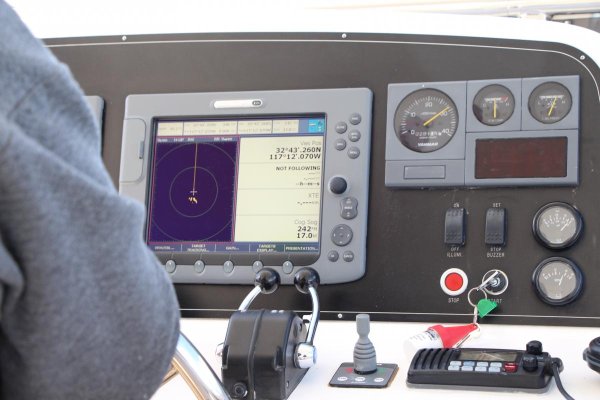Both of my boats have single lever engine controls. Looking at trawlers on Yachtworld I see that almost all trawlers have two lever controls. .
I think you'll find that newer cruisers tend to have single lever controls, be they single or twin engine.
Our PNW boat is a 1973 with two engines. As was typical back then, the boat has dual lever controls (Morse) with the throttles paired on one quadrant and the shift levers paired on another quadrant.
Our other two boats have single-lever controls. Personally, it's six of one, half dozen of the other. For maneuvering we use opposed thrust, rudder, and differential power all the time. We don't find it any different doing this with the dual-lever controls on the one boat and the single-lever controls on the other multi-engine boat (the third boat is a single-engine outboard fishing boat).
We don't find that the single-lever controls tend to make us use more power. We use additional power a lot in maneuvering anyway. The only difference is that it takes fewer hand movements to maneuver with the single-lever controls, but not so much that it makes the dual lever control boat seem more clunky or difficult to maneuver.
We try to make as few shifts as possible while maneuvering anyway, so it's not like we're dancing all over the place with the controls. On the two cruising boats we've timed how long it takes a shaft to stop spinning when its transmission is shifted from in gear to neutral at idle rpm. Pausing in neutral that amount of time while shifting from one gear to the other when maneuvering is equally easy with single or dual lever controls.
Bottom line is we have no preference, and we don't feel one system offers any significant advantages over the other. They both work equally well during maneuvering in our opinions and experience. However we know people who swear by one or the other and have strong opinions about their preferences.
Actually my favorite system, simply because it's so much fun to work, is the traditional system on the traditional-style narrow boat we use in the UK (photo). The shifting is done with a long lever with a D-shaped handle on it that is connected to the transmission in the engine room forward of the boatman's cabin. You push the handle forward for forward, put in the middle position for neutral, and pull it aft for reverse.
The throttle is a brass wheel called a speedwheel. Rotating it rotates a long rod that also runs forward into the engine room. A threaded section of the rod moves a vertical rod back and forth which in turn is attached to the throttle arm of the big three-cylinder, air-cooled Lister diesel. Rotating the wheel clockwise increases the power, counterclockwise decreases it until it hits the stop which is idle.
The system is a hoot to use and makes maneuvering this 60' long, 20-ton boat a lot of fun. Most of the modern narrowboats use single-lever controls. Very boring compared to the traditional speedwheel controls.





